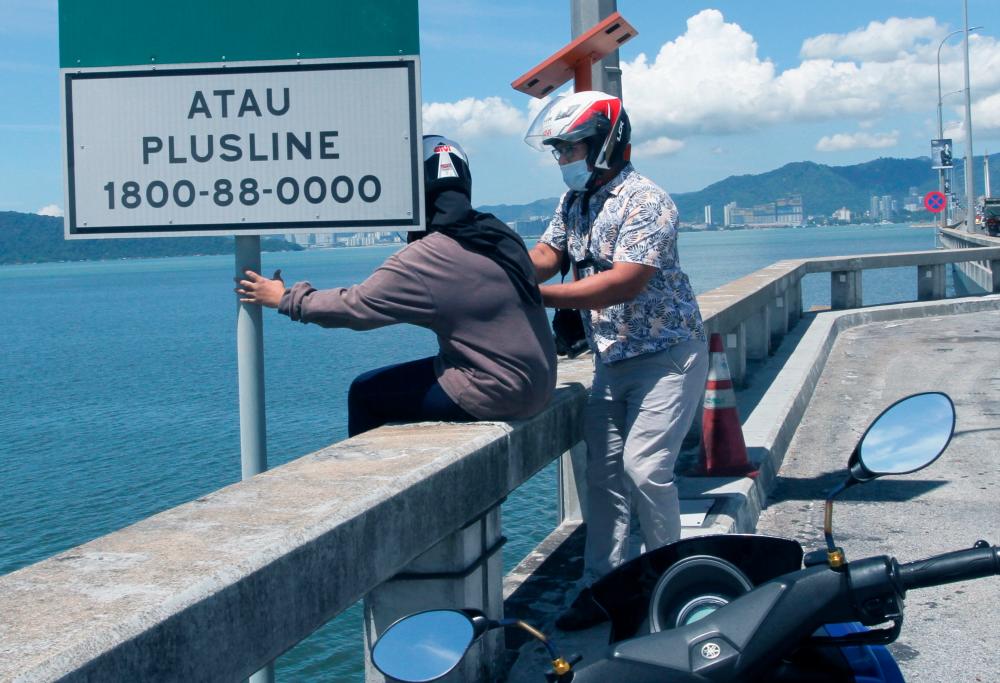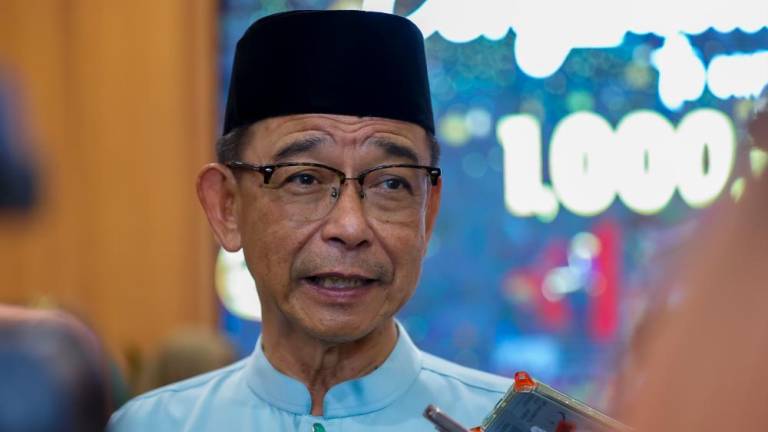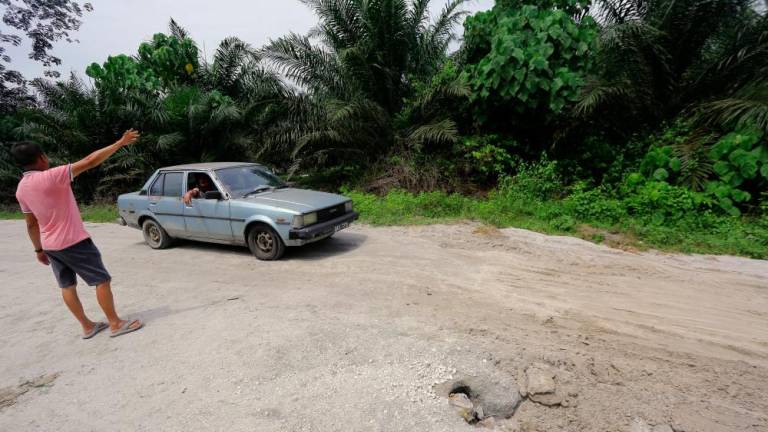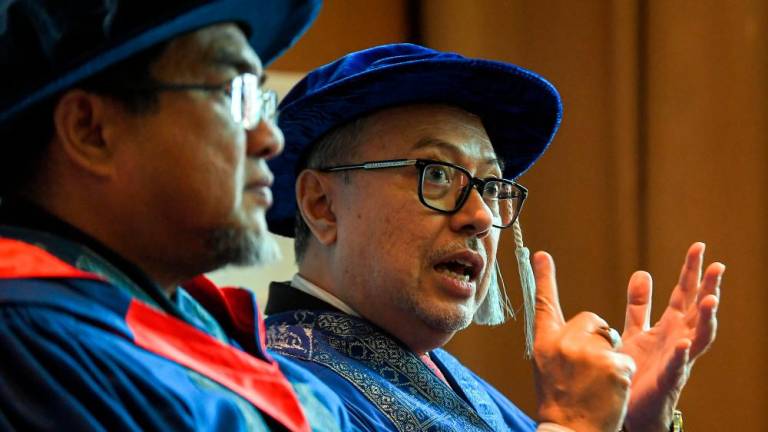PETALING JAYA: As most suicides are impulsive decisions, efforts should be made to “delay” people from gaining access to suicide hotspots, say a clinical psychologist and a non-governmental organisation.
“Place a barrier on the bridge to restrict people from jumping off during that impulsive moment. Reducing access to such places or lethal tools could help delay the impulse to commit suicide,” Universiti Pendidikan Sultan Idris senior lecturer and clinical psychologist Dr Fatanah Ramlee told theSun.
Another measure would be to place suicide hotlines or other helpline support at high-risk places.
“This way, people who want to kill themselves could reach out to express their despair. Working and coordinating with NGOs and other relevant parties should be a way forward to preventing suicides in Malaysia,” she said.
Fatanah was commenting on the call by International College of Clinical Hypnotherapy Practitioners Asia regional director Synthia Surin for surveillance to be beefed up on the Penang Bridge after at least five individuals jumped off the structure in the last 12 days.
“Not enough has been done but we are moving towards the right direction with numerous efforts for community awareness programmes for mental health.
“Suicide has been associated with mental disorders, and talking about mental health and suicide is still taboo. Consequently, suicidal people don’t seek treatment.
“Strengthen efforts to treat the associated psychological disorders such as depression, which can be done using medications and psychological interventions.
“Working with high-risk groups can help prevent suicide by improving people’s access to care.
“The government can also provide training to medical officers or family physicians to recognise and treat suicidal tendencies. Knowing the risk levels (e.g. suicidal ideation, suicide attempt) of suicidal people could help deter them from killing themselves,” she said.
Fatanah said more Malaysian should be encouraged to choose a career in mental health treatment as the country is still lacking professionals in this field.
Furthermore, she said educational programmes can be developed to teach students about the early warning signs of suicidal tendencies and the appropriate support available for them.
Mental Health Aid Organisation (Nyawa) director Farihin Ufiya said bridge barriers go a long way in reducing and preventing suicides on bridge sites that are considered hotspots.
“Many suicidal individuals are highly likely to be going through an acute mental or emotional crisis, with their decision-making skills impaired then. Some may only want the pain of the moment to end, and not necessarily to pass into the void.
“By using bridge barriers to restrict access to suicide attempts, it provides time for that person to move out of the crisis and for third-party intervention to take place to support the victim,” Farihin said.
Contrary to what most may think, she said having bridge barriers does not equate to displacement to other places to commit suicide.
“Bridge sites that have ‘suicide magnet’ status may be the only ones that a suicidal individual would consider in light of factors such as ease of access, notoriety as a popular suicide site, the lethality of the jump, romantic view of death that such spots afford, and the unique feature of being over water.
“As such, erecting bridge barriers on popular bridges of ‘suicide magnet’ status would effectively reduce and or prevent suicides.”
Additionally, she noted that when designing and constructing bridges, suicide prevention can be taken into account at the very beginning instead of only conducting the corresponding assessments or reviews into the feasibility of implementing bridge barriers post-construction.














